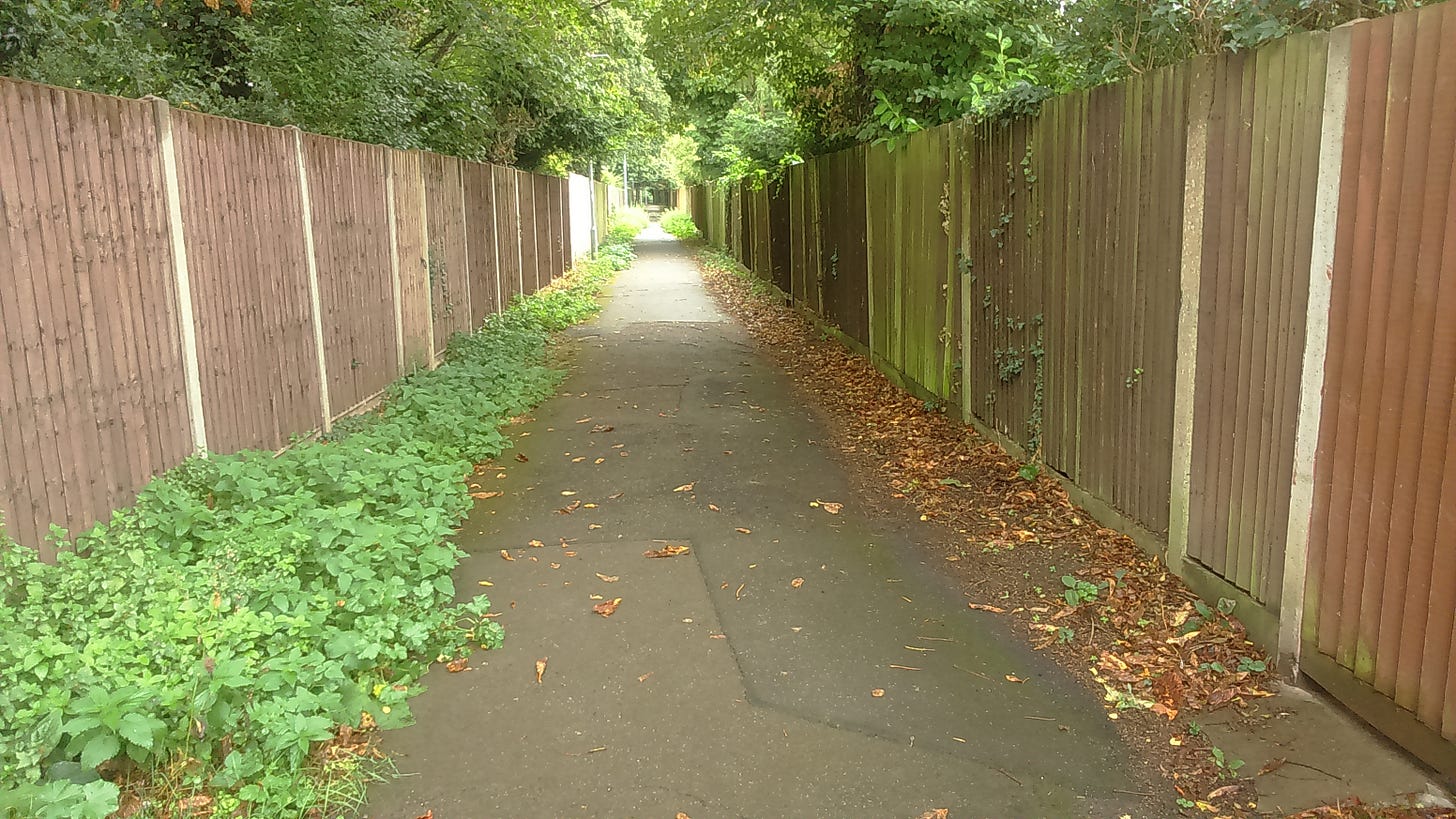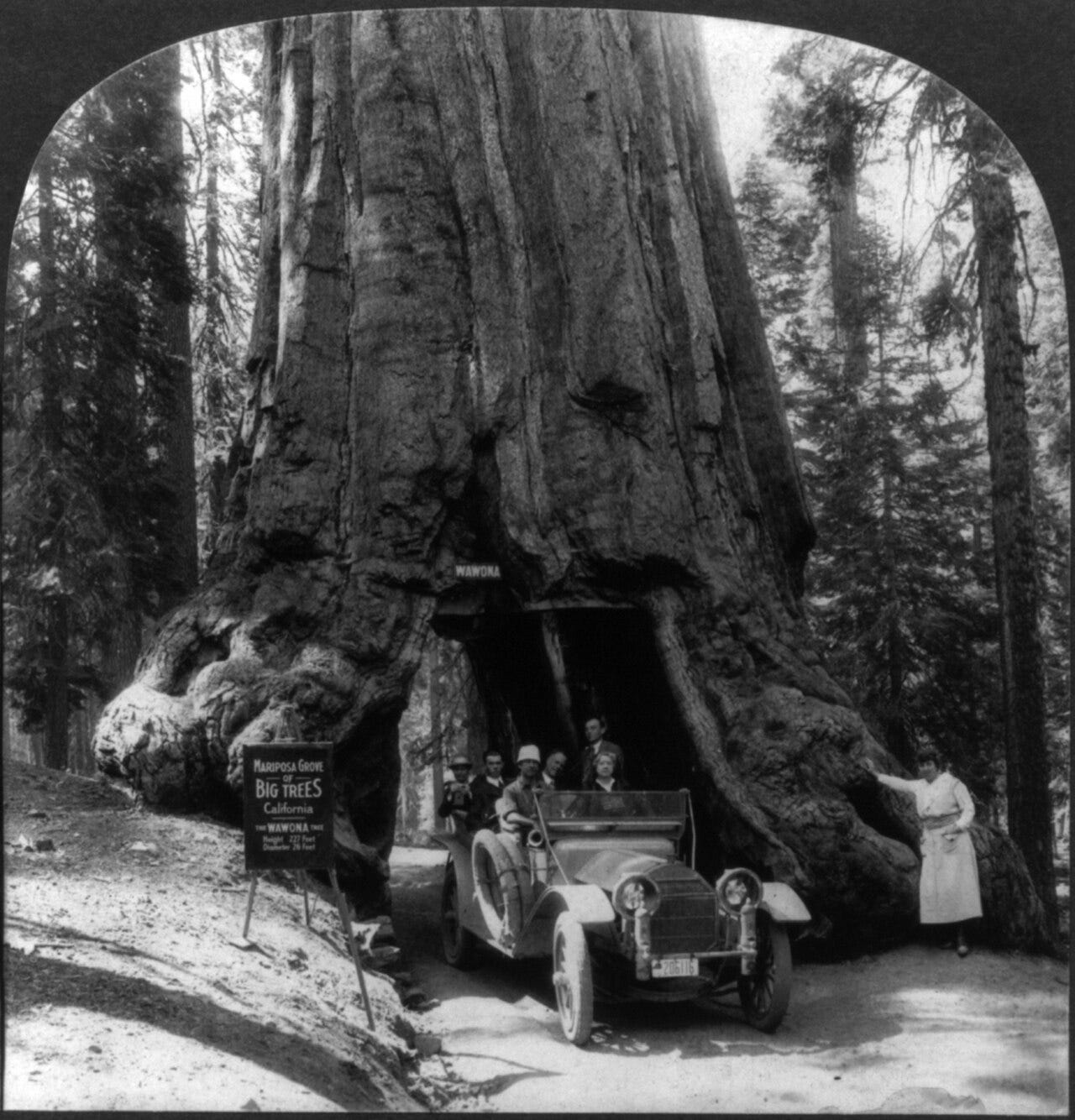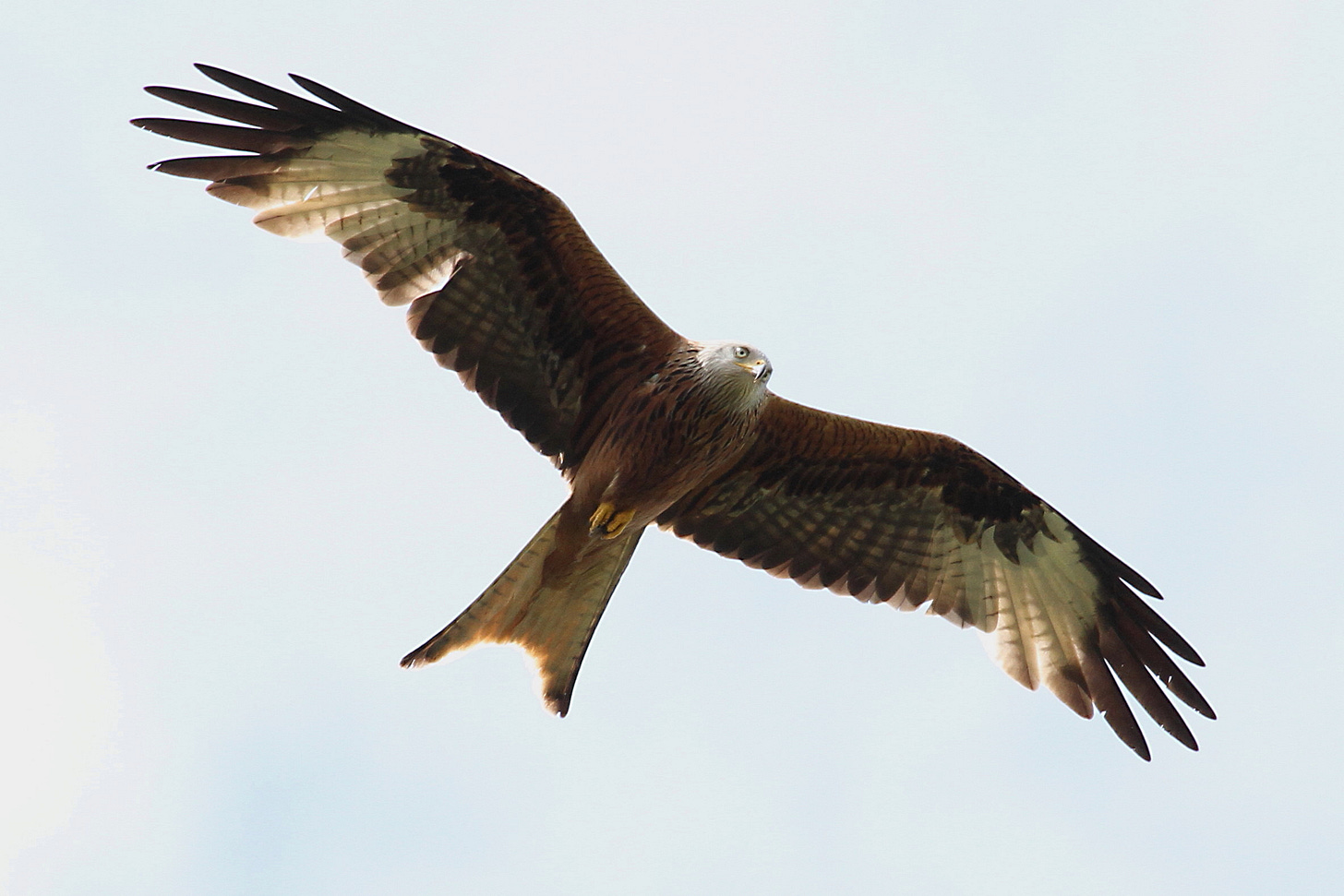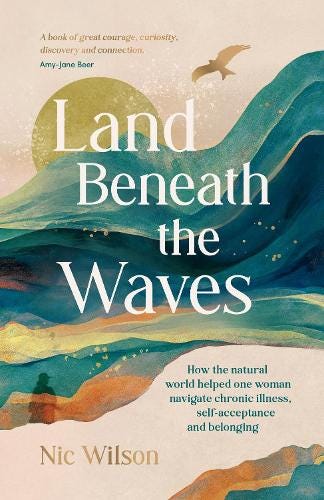Hello! It’s not me this week. Well, this bit is me, but the rest of it isn’t.
The rest of it (not this – this is still me) is by the lovely and excellent Nic Wilson. If you didn’t click on that link to go to her website, click on this one. Go on. She’s also on Bluesky, so do follow her there. And she has an excellent newsletter called Only Connect! Subscribe to it and she’ll send you something warm and informative every couple of months and you’ll get ‘The Tempest’ – an exclusive extra chapter from her nature memoir Land Beneath the Waves, which has just been published and is truly wonderful. I know this, because I have in fact read it.
So as a tie-in with publication, and, coincidentally, me wanting a weekend off, here are Nic’s Six Things from Land Beneath the Waves: How the Natural World Helped One Woman Navigate Chronic Illness, Self-Acceptance and Belonging.
That’s it from me. Everything after this sentence is her.
Thing 1 – Snickets
When I was a kid, we called alleyways ‘snickets’ in Cheshire. I love to follow these in-between paths, seeing the ways wild and cultivated lives meet and intermingle in the margins. I’ve enjoyed swapping regional terms on social media for snickets too; something that the Urban Formation website documents and maps here.
This is one of my favourite snickets. The best thing about these local paths is that they often follow identical routes to the ancient fieldways in my hometown of Hitchin, because the field system hereabouts remained open far longer than many other towns and villages. You’re close to the past when you walk these snickets and study the plants, many of whom have deep roots here.
As I say in my book: ‘When my movements are constrained by timetables and energy levels, snickets are my escape into the wild. Within their narrow confines, like the mysterious Cole Hawlings in The Box of Delights, I can go small or swift and, best of all, I can travel in time.’
Thing 2 – BFG
Come with us on our nursery run and we’ll show you a giant – one that my kids and I used to uncouple our necks and swing our heads back to see, our eyes popping to the sky. Our BFG is a giant sequoia grown from seed collected in Sierra Nevada in the 1880s from either the Grizzly Giant or the Wawona tree. The latter was one of the trees mutilated with a hole cut through the base as seen in this photo from 1918 where a car is driving through the tree.
Our BFG stalks the streets at night blowing dreams through upstairs windows. Unlike Roald Dahl’s BFG (who shares trogglehumping nightmares of Jack the Giant-Killer and of children being snatched out of their beds by ravenous giants), our gentle giant shares stories about the superfires threatening its fellow sequoias in their native habitat. When I spoke to Sequoia National Forest Ecosystem Staff Officer Gretchen Fitzgerald, while writing the book, she told me that the work they were doing to clear the build up of dead wood was reducing the risk of fire damage to the giant sequoias.
Since then, of course, the agenda has changed under the new administration. I have a feeling the BFG now leaves his winksquifflers and golden phizzwizards behind on a regular basis and grabs a bag full of infernal nightmares before he sets off down the sleeping streets.
Thing 3 – Labyrinth
‘To enter the world of memory is to take on the labyrinth. Time bends. Dimensions shift. The way is treacherous, the air thick with menace. I am seeking the lost child, that part of myself I wished away all those years ago. I know the truth is in here somewhere, but the longer I look, the more disoriented I become. And all the while – around the next corner? at the top of the steps? – the Goblin King is waiting. His is the mocking voice in my head that warns me these memories are not mine for the taking. “This journey into the unknown,” he taunts, “is nothing but self-indulgent fantasy.”’
I’m not sure why exploring my lost past reminded me of Labyrinth but I could feel the same sense of watching menace that I felt as a youngster watching the film. Labyrinth celebrates its 40th birthday next year – which makes me feel my age – and I’m looking forward to watching it with my kids. I love the fact that Fraggle Rock writer, Laura Phillips, was one of several screenwriters who submitted a script – along with Terry Jones.
Thing 4 – Gaslighting
My mother experienced gaslighting for decades when her undiagnosed ME/CFS was dismissed by medical professionals as being all in her mind or even simple malingering. Gaslighting is, unfortunately, contagious. If you spend your childhood being painfully aware that doctors, family friends and relatives believe your mother (or another relative) to be falsifying their illness, and you suffer from neglect because that relative isn’t receiving the support they need, you grow up (or at least I did) disbelieving and dissociating from your own reality and your own pain. In my case, this led to dissociative or functional seizures. These resemble epileptic seizures, but are caused by a person’s inability to cope with trauma or distress, rather than abnormal electrical activity in brain.
Functional seizures are involuntary and happen unconsciously. The person has no control over their movements. In my case, it wasn’t until several years ago that I even realised what they were. I’ve written about them in the hope that it might help others who struggle with the same symptoms. One day, I hope that people living with anydisabilities and chronic illnesses that are routinely ignored, dismissed or disbelieved, will be allowed to express their reality without experiencing gaslighting. No one wants to be ill, so if they are, chances are their struggles are real and they deserve understanding and validation.
Thing 5 – Reciprocity
A Nature Cure Book! No!
No! 1: Chronic illness is so-called because it’s ongoing and generally not curable.
No! 2: More often than not it’s an oversimplification to suggest that any condition can be ‘cured’ by non-medical interventions.
No! 3: Having a love of the natural world brings joy and wonder, but also grief and anger because of the way we treat it as a society, so it doesn’t always leave you feeling better about life.
No! 4: Access to the natural world is often tricky for folk with disability or chronic illness, so it’s not always possible to get out and benefit from what nature can offer.
No! 5: Seeing the natural world as existing to ‘cure’ us is another form of commodification. This attitude disregards nature’s intrinsic value, instead positioning it in terms of what it can do for us.
No! 6: The best relationships with nature (as with all good relationships) are reciprocal. I believe my connection to nature has helped me accept who I am and what I’ve had to deal with, but it has also motivated me to volunteer with the RSPB and local Wildlife Trust, and campaign on behalf of the natural world. I think it’s positive when people engage with nature and find comfort, joy and relaxation. But I also hope these relationships inspire a love and a deeper awareness of how vital it is to respect the natural world and do more to protect it.
Thing 6 – Birds. Always Birds
A recent interviewer asked me what my failsafe remedy was. I imagine answers generally revolve around herbal teas, fitness regimes (mine is starting couch to 5K for a week or two, and then falling onto the couch as soon as ill health returns) meditation or drinking plenty of water. My answer was birds. Always birds.
In my opinion, there is hardly anything in life that birds can’t make just that little bit better. Whether it’s hearing the sparrows bickering in the winter clematis when I’m feeling rotten in bed, or my dad telling me the yellowhammers in the nest he’s monitoring have just hatched. Birds have even helped me deal with my phobia of hospitals, as I’m convincedthat seeing red kites out of hospital windows brings my blood pressure down and keeps me present when dissociation threatens. Red kites – my talisman birds, in life and in my book – pass over my house daily, reminding me that life is still going on outside if I’ve been in bed for several days or weeks.
They’ve even helped me in a counselling session when I was struggling to speak or meet my counsellor’s eyes. A red kite dived past the window into my neighbours’ garden, nearer than I’d even seen one before. It repeated the dive four times and I was soon telling her all about it because I wanted her to experience it too. After that, the rest of our conversation flowed far more easily. It was bird therapy, as Joe Harkness so wisely puts it.
You can get Land Beneath the Waves here.










Ginnels were snickets in Yorkshire. Don't know if they still are
Also, snickets is a very good word for a very good thing